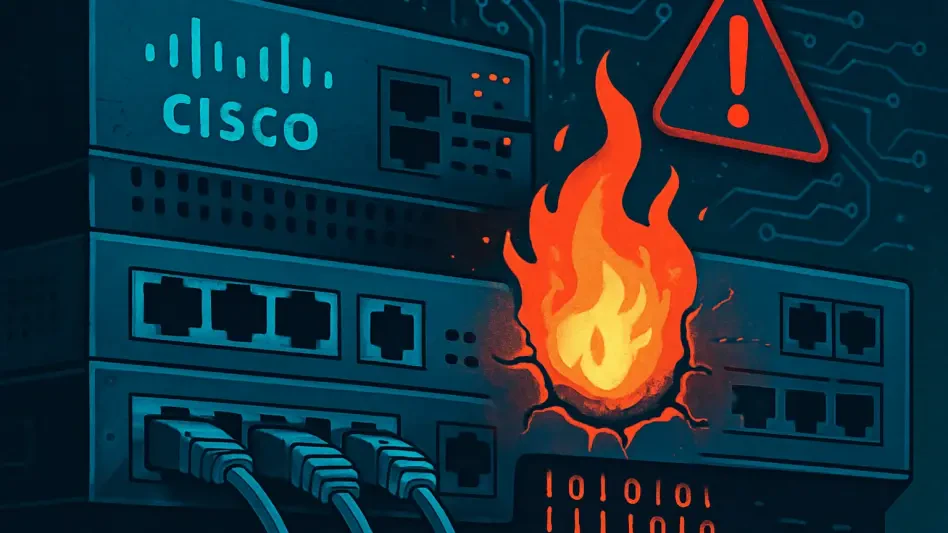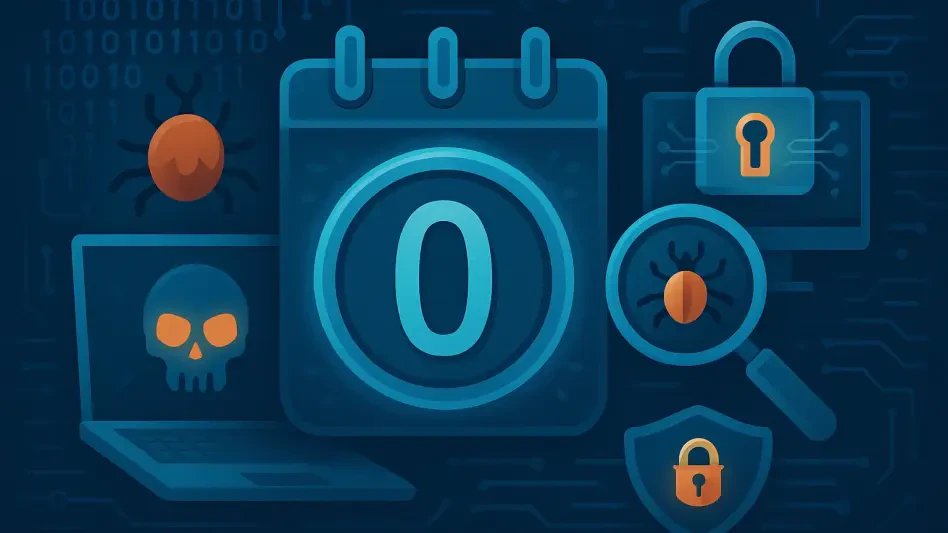Cybercrime continues to pose an ever-evolving threat to industries and systems worldwide, with cybercriminal groups continually adapting their tactics to elude detection and maximize impact. One such group, known as the XE Group, has made significant strides in their operations over the past decade. Initially making a name for themselves through credit card skimming on e-commerce platforms, XE Group has now progressed to sophisticated attacks exploiting zero-day vulnerabilities. These developments underscore the critical need for robust and adaptive cybersecurity measures to counter such threats.
Evolution of Tactics
From Credit Card Skimming to Zero-Day Vulnerabilities
In the earlier stages of their operations, XE Group primarily focused on credit card skimming, targeting e-commerce platforms to steal sensitive customer data. This relatively straightforward method allowed them to rake in significant profits by selling stolen credit card information on the black market. Credit card skimming involved embedding malicious code into e-commerce websites, often through vulnerabilities in well-known tools like Telerik UI for ASP.NET. As cybersecurity defenses became more adept at detecting and mitigating these attacks, XE Group shifted their focus to more advanced techniques.
Over time, XE Group’s expertise grew, and they began to exploit zero-day vulnerabilities—previously unknown weaknesses in software that developers and security experts hadn’t yet patched. This transition marked a significant leap in their capabilities, allowing them to infiltrate more secure and complex systems. A joint investigation by Solis Security and Intezer revealed that XE Group had moved on to targeting VeraCore, a supply chain management software. By exploiting previously unknown flaws in VeraCore, such as an upload validation flaw and an SQL injection flaw, XE Group could infiltrate systems, exfiltrate data, and maintain prolonged access.
Strategic Shift Towards Stealthier Operations
XE Group’s strategic progression didn’t simply involve adopting new tools and techniques; it also encompassed a shift towards more long-term and covert operations. Instead of focusing on immediate monetization of stolen data, they sought to maintain access to compromised systems for extended periods. This approach allowed them to extract more significant value from their breaches and minimize the chances of detection. The use of zero-day vulnerabilities played a crucial role in this new strategy, providing them with a means to infiltrate systems undetected.
The investigators observed that XE Group maintained an extensive and well-organized infrastructure for their operations. This included domains dedicated to command-and-control functions and hosting skimming tools, which displayed a high level of automation. The group’s tactics evolved to incorporate complex techniques such as using obfuscated Transact-SQL queries, custom open-source webshell variants with advanced features, and PowerShell scripts for malware delivery. Moreover, XE Group leveraged native Microsoft Windows utilities like arp and netstat for network mapping and utilized Meterpreter malware to establish covert communication channels.
Impact on Global Supply Chains
Infiltration and Prolonged Access
The XE Group’s advanced tactics have posed severe threats to global supply chains, particularly in the manufacturing and distribution sectors. By exploiting vulnerabilities in supply chain management software like VeraCore, they managed to infiltrate critical systems that facilitate the movement of goods and services worldwide. These infiltrations had the potential to disrupt entire supply chains, causing significant financial and operational impacts. The group’s ability to maintain prolonged access to these systems further exacerbated the threat, as they could exfiltrate valuable data and remain undetected for extended periods.
A notable example of XE Group’s perseverance was their reactivation of a webshell from a breach that originally occurred in 2020, which they managed to sustain until 2024. This demonstrated their sophisticated operational discipline and their ability to revisit and exploit previously accessed systems. By maintaining a low profile and minimizing the frequency of their activities, XE Group could avoid drawing attention to their presence. This approach allowed them to exploit compromised systems for longer durations, extracting valuable information and resources with minimal risk of detection.
Implications for Cybersecurity
The transformation in XE Group’s tactics highlighted the growing sophistication and adaptability of cybercriminal organizations. Their evolution from credit card skimming to exploiting zero-day vulnerabilities marked a significant shift in their operational strategy, underscoring the importance of continuous vigilance and proactive cybersecurity measures. The group’s ability to exploit unknown vulnerabilities and sustain prolonged access demonstrated a high level of patience and strategic planning, setting them apart from other cybercriminals and even state-aligned actors.
In light of these developments, it became imperative for organizations, particularly those involved in global supply chains, to enhance their cybersecurity defenses. This included adopting advanced threat detection and response mechanisms, regularly updating and patching software, and conducting thorough security assessments to identify and mitigate potential vulnerabilities. Additionally, fostering collaboration between industry stakeholders, cybersecurity experts, and law enforcement agencies was crucial in staying ahead of evolving cyber threats and ensuring the resilience of critical infrastructure.
Conclusion
Cybercrime remains a constantly evolving threat to industries and systems worldwide, with cybercriminal groups perpetually modifying their methods to avoid detection and maximize their impact. One such organization, the XE Group, has significantly advanced its operations over the past decade. They initially gained notoriety through credit card skimming on e-commerce platforms, a common cyber threat at the time. However, the XE Group has since escalated their strategies, now executing highly sophisticated attacks that exploit zero-day vulnerabilities—undiscovered flaws in software that developers have yet to fix. These advancements highlight the urgent need for robust and adaptive cybersecurity measures. As cybercriminal tactics become more advanced, industries must prioritize the implementation of dynamic and proactive security protocols to defend against these ever-growing threats. By staying ahead of cybercriminals and continuously updating defenses, organizations can better protect sensitive data and maintain operational integrity.







